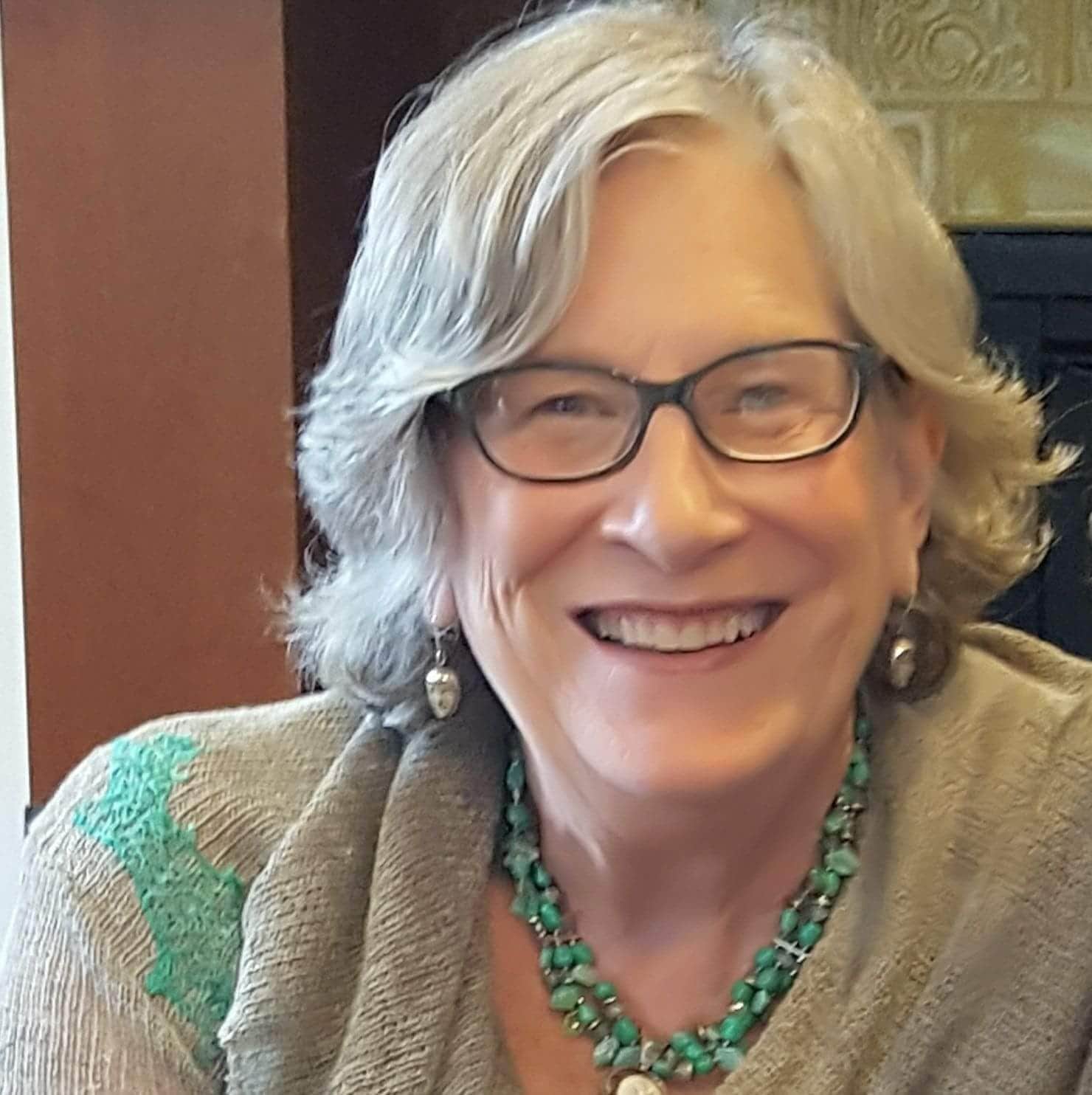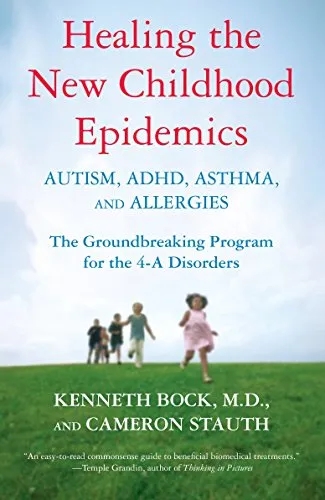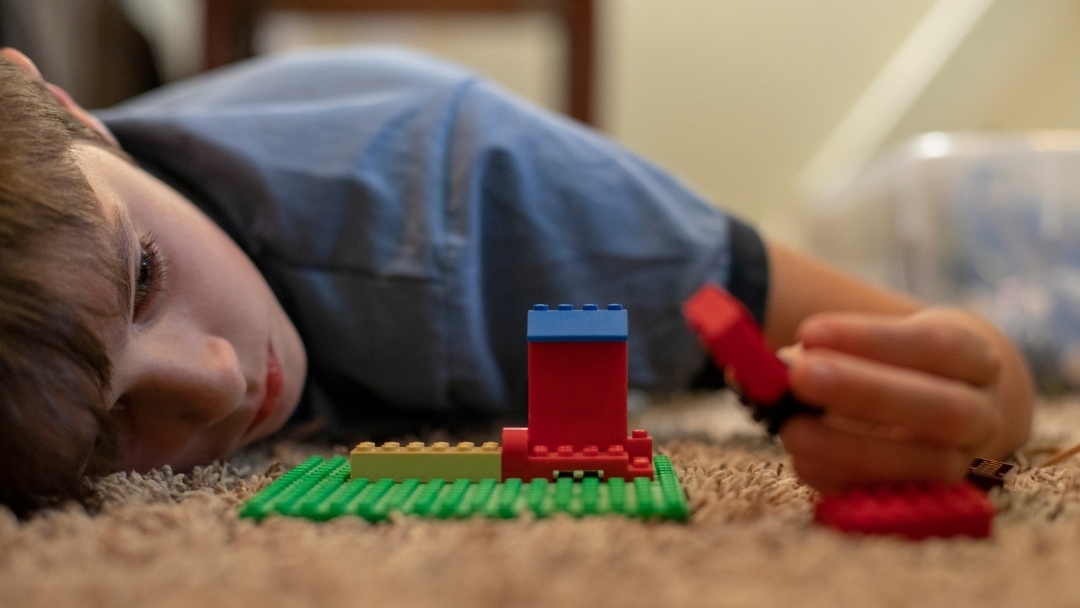In this post Patricia S. Lemer, M.Ed., NCC, former Chairman of the Board of Epidemic Answers, discusses the use of a multidisciplinary approach for autism and other neurodevelopmental disorders.
When I went to Boston for my 30th college reunion, I was disappointed to find that some of my old haunts had vanished, but thrilled to find that others were still there. A visit to what was once Kennedy Hospital for Children, where I began my first job in 1969 as a staff psychologist, resulted in my reminiscing about my career odyssey.
The Genesis of a Multidisciplinary Approach
It was here that the dream that was to become Developmental Delay Resources, my former non-profit, began to percolate. This remarkable institution was the genesis of my focus on the concept of a multidisciplinary approach.
How fortunate I was to have worked with the best doctors and therapists. Every Monday a group of five children entered the hospital as inpatients. Each department did a comprehensive evaluation and on Friday met to discuss findings. An overall treatment plan included such innovative techniques as a ketogenic diet, intensive vestibular stimulation, play therapy or cord lengthening. This individualized plan, a predecessor to in the IEP focused on the whole child, not just his seizures, self-stimulatory behaviors or toe walking.
Using a multidisciplinary approach for autism and other spectrum disorders such as nutrition, occupational therapy, play therapy, speech therapy and vision therapy are all helpful.
Collaboration Produced Miracles
We were all idealistic new graduates, sure that our magic could rehabilitate the once brilliant child who had become aphasic because of encephalitis. In those days, autism was a rarity, while learning disabilities or head injuries were more common. However, we considered autism no more a challenge than a reading disability. We treated them both with the same set of interventions that focused on causes. As we collaborated, using a multidisciplinary approach, we performed and witnessed miracles.
Two weeks after my college reunion, I spoke at the First World Conference on Non-Pharmacological Therapies for ADD, ADHD, Learning and Developmental Delays, sponsored New York-based ADD Action Group. Mark Ungar, the charismatic executive director, had brought together the best and the brightest from medicine, homeopathy, biofeedback, nutrition, chiropractic medicine and optometry. Each speaker tied his or her field to others, and described the synergy of complementary approaches.
Both the Feingold Association and the ADD Action Group view ADD, ADHD, learning disabilities, and autism as being on a continuum of disorders from minimal to severe. At both conferences, social-emotional disabilities, such as obsessive compulsive disorder, Tourette’s syndrome and schizophrenia were also discussed. The idea of a continuum is gaining wider acceptance.
Combine Key Therapeutic Interventions
I have written two papers published in the Journal of Behavioral Optometry that address the causes and treatments for ADD to autism, as a spectrum of disorders. My experiences allow me to impart two important lessons:
1) Whether you are a parent or professional, consider combining key therapeutic interventions, such as nutrition and sensory integration, or movement with language. This integrated approach frequently results in better outcomes than individual therapies alone. Although it is sometimes difficult to pinpoint which therapy makes the difference, that determination is not as important as a child’s improvement.
2) When reviewing the efficacy of a therapy, consider that some of the same components of this multidisciplinary approach are as applicable for a child on one end of the continuum as on the other. Techniques will be, somewhat difficult. but the philosophy will not.
It is meaningless to ponder whether a child with autism might have an attention deficit. It is assumed that he/she does because of the continuum model. Remember that the ultimate outcome of treatment is more important than the label.
About Patricia S. Lemer LPC MEd
Patricia S. Lemer is a licensed professional counselor, holding a Masters of Education in counseling and learning disabilities from Boston College and a Masters in Business from Johns Hopkins University. She practiced as an educational diagnostician for over 40 years.
She was a co-founder and served as Executive Director of the international non-profit organization Developmental Delay Resources (DDR). After DDR merged with Epidemic Answers, she became Chairman of the Board. When she retired from the board, she became an emeritus board member.

She is the author of three books, the most recent of which is Outsmarting Autism, Updated and Expanded: Build Healthy Foundations for Communication, Socialization, and Behavior at All Ages (North Atlantic Books, 2019).
Lemer wrote over 50 editorials for "New Developments," the quarterly newsletter of Developmental Delay Resources (DDR), from 1995 - 2009. When DDR wound down, she wrote an online blog, "After the Diagnosis, Then What?" from 2009-2017. Her articles and blogs have been updated and archived on the Epidemic Answers website.
Since 2019, Patricia Lemer has recorded a bimonthly podcast, "The Autism Detective." In these hour-long shows, she interviews parents and professionals about their experiences in maximizing the potential of individuals on the autism spectrum. Over 100 episodes are available on Spotify and other online platforms. To learn more, go to PatriciaLemer.com and OutsmartingAutism.com
Still Looking for Answers?
Visit the Epidemic Answers Practitioner Directory to find a practitioner near you.
Join us inside our online membership community for parents, Healing Together, where you’ll find even more healing resources, expert guidance, and a community to support you every step of your child’s healing journey.




